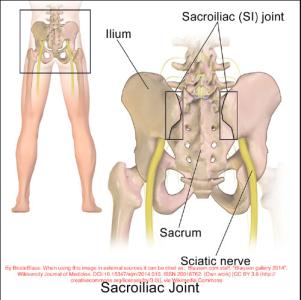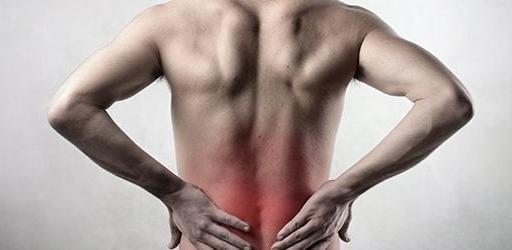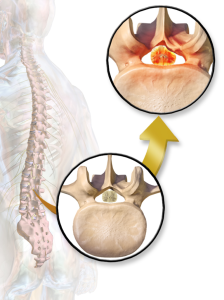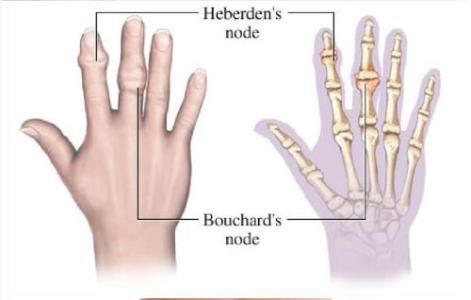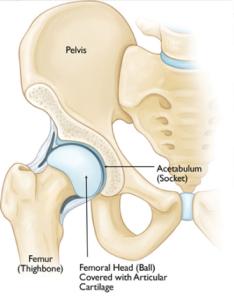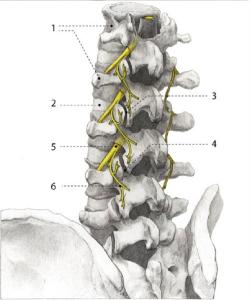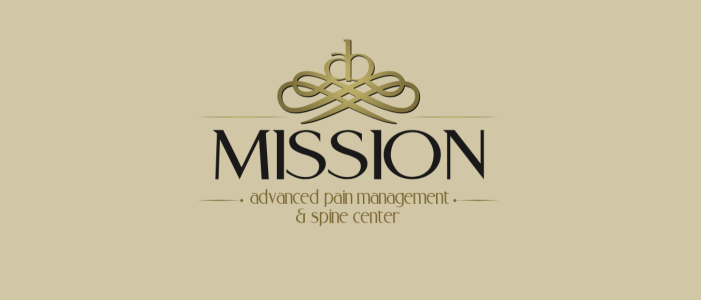Low Back Pain
Is one of the top 5 pain complaints when going to see a provider.
It is defined as pain, muscle tension or stiffness below the ribs and above the lower part of your buttocks.
It is common: 4 out every 5 people will have low back pain at least once in their lifetime.
Most causes of acute low back pain will resolve in 2 weeks but more than 80% of cases will recur within the first year.
Common Causes of Low back Pain
Low back pain is uncommonly related to serious underlying conditions, but when these conditions do occur, they require immediate medical attention.
It is important to be able to recognize what we call the “Red Flags” when you experience severe Low Back Pain.
Usually this involves a history of trauma, cancer, infection and/or experiencing sudden weakness, loss of consciousness or loss of your bowel/bladder function since the onset of your back pain.
If you do not have any the above mentioned history or symptoms, emergency surgical concerns most likely has been ruled out as a potential cause of your low back pain.
The majority of Acute Low Back Pain is Mechanical in nature, meaning that there is a disruption in the way the components of the back:
- The Spine: Spinal Stenosis
- Facet Joints: Lumbar Facet Syndrome
- Back Muscles: Muscle Spasm, Myofascial Pain Syndrome
- Intervertebral Discs: Rupture, Herniation
- Exiting Nerve Roots: Radicular Pain, Tingling, Weakness
- Sacro-Iliac Joint: SI joint Dysfunction
All these structures fit together and move, and if any disruption happened to any it can present with Low Back Pain along with other symptoms. Since these conditions shares lots of their presentations it is very crucial to determine the exact source of your pain before making any treatment plan or decision. And definitely, surgery is not the first option, unless it is indicated for one of those "Red Flags" mentioned earlier.
Like with any pain condition, the earlier you address the condition with the appropriate treatment, the less chance the condition becoming a chronic problem and favorable outcomes are highly expected.
One of the worst things you can do is do nothing. Bed rest has been found to potentially worsen the condition. Therefore the goal of any treatment is to decrease/eliminate your pain as quickly as possible to allow you to return back to your normal daily activities and functional status without any delay.
Myth: “I need to see a Spine Surgeon for my Back problems not a Pain Specialist”
Fact: Vast majority of cases Do Not Need Surgery, especially early on during the course of your back pain.….Read more about Myths & Facts
Risk Factors For Developing Low Back Pain
Beyond underlying diseases, certain risk factors may elevate one’s risk for low back pain:
Age: Though it can occurs at any age, the first attack of low back pain typically occurs between the ages of 30 and 50, and back pain becomes more common with advancing age.
As we grow older, some changes happens to our skeletal structures, like loss of bone strength from osteoporosis can lead to fractures, and at the same time, muscle elasticity and tone decrease. Also the intervertebral discs begin to lose fluid and flexibility with age, which decreases their ability to cushion the vertebrae. The risk of spinal stenosis also increases with age.
Fitness level: Back pain is more common among people who are not physically fit. Weak back and abdominal muscles may not properly support the spine. Studies show that low-impact aerobic exercise is beneficial for the maintaining the integrity of Intervertebral Discs.
“Weekend Warriors”—people who go out and exercise a lot after being inactive all week—are more likely to suffer painful back injuries than people who make moderate physical activity a daily habit.
Pregnancy is commonly accompanied by low back pain and/or leg pain, which results from pelvic changes and alterations in weight loading. Back symptoms commonly resolve postpartum, but if persisted, immediate attention can save you the development of a chronic back problem.
Weight gain: Being overweight, or quickly gaining significant amounts of weight can put lots of stress on the back and lead to low back pain and possibly nerve related pain that travel down to the leg.
Genetics: Some causes of back pain, such as Degenerative Disc Diseases and Ankylosing Spondylitis, can have genetic component in the development f back pain.
Occupational risk factors: Having a job that requires heavy lifting, pushing, or pulling, particularly when it involves twisting or vibrating the spine, can lead to injury and back pain. Also jobs that requires sitting for a long period of time, like driving or desk bound jobs, may also lead to or worsening of back and leg pain, especially if you have poor posture or sit all day in a chair with poor ergonomic design.
Mental health factors: Pre-existing mental health conditions like anxiety and depression can influence how closely one focuses on their pain as well as their perception of its severity. Pain that becomes chronic also can contribute to the development of such psychological stressors. Stress can affect the body in numerous ways, including causing muscle tension.
Backpack overload in Children: Low back pain unrelated to injury or other known cause is unusual in pre-teen children. However, a backpack overloaded with schoolbooks and supplies can strain the back and cause muscle fatigue. The American Academy of Orthopaedic Surgeons recommends that a child’s backpack should weigh no more than 15 to 20 percent of the child’s body weight.
Controlling your pain
Acutely, low back pain can improve with oral medications typically Anti-Inflammatories and possibly muscle relaxants if you have a significant component of muscle spasms.
If you have leg pain associated with your low back pain (Sciatica), then an Anti-Seizure medication or Antidepressant may be added to help control your pain.
Opioids i.e. “narcotics” are not recommended for the first line treatment of Acute Low Back Pain.
If your pain continues after several weeks or becomes too debilitating despite oral medications, being evaluated by a Spine Specialist As Soon As Possible should be your next step to discuss further possible interventions that can treat your pain.
Physical Therapy may be recommended, only after controlling your pain, it can be difficult and more damaging if your pain is still not under control, beside it is safer to be evaluated before starting it.
Myth: “Pain Management is meant only as a last resort for my Low Back Pain.”
Fact: Exactly The Opposite, only after conservative therapies fail and appropriate treatment and diagnostic studies have been performed, should you need to see a spine surgeon to discuss considering more invasive approaches.
As we now realize that a significant amount of cases of acute Low Back Pain is not treated by surgery initially, a referral to see a spine surgeon is likely unnecessary and at times, may delay appropriate treatment as it may take several weeks to months to be seen and evaluated. In the meantime, you may be given medications to help control your pain that are not indicated and/or may give you intolerable side effects. These medications may mask your pain and can have addictive properties that may make you dependent on them. If you decide to wait to see a spine surgeon, more often than not, you will likely be referred to see another spine specialist for further treatment before surgery is even considered. Even if your low back pain is causing significant leg pain to the point that it may be numb, tingle or even be weak, surgery is still unlikely to be an option at this time.
Myth: “I need to have an MRI as a first step in my treatment plan for my Low Back Pain”
Fact: MRI is likely not needed prior to treating your condition, detailed history and comprehensive physical exam usually enough to address the plan of care. However, if treatment based upon your clinical picture does not improve your symptoms, further studies including an MRI of your lower back may be the next step in your care.
On the other hand, If you have factors such as a history of trauma, cancer or osteoporosis an x-ray may be warranted early to rule out any type of fracture. If not, x-rays are typically not needed as well.
Your pain relief should not be delayed waiting to see a specialist nor should you be treated with medications that only mask your pain. We know better about pain…..be seen at MAPMSC today!



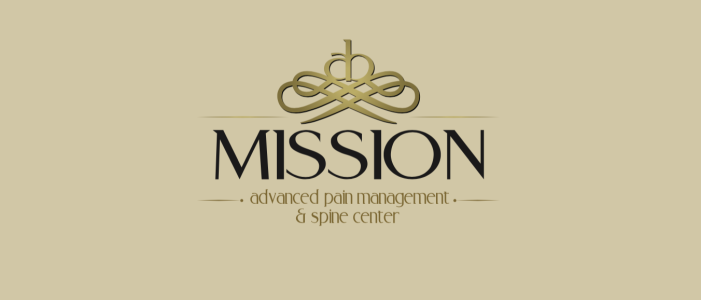
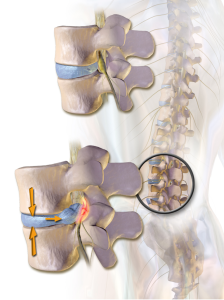
![By James Heilman, MD (Own work) [CC BY-SA 3.0 (http://creativecommons.org/licenses/by-sa/3.0) or GFDL (http://www.gnu.org/copyleft/fdl.html)], via Wikimedia Commons](/assets/components/phpthumbof/cache/vcfrac3.25c355a85cb0101f004729be8d39bec3198.jpg)
